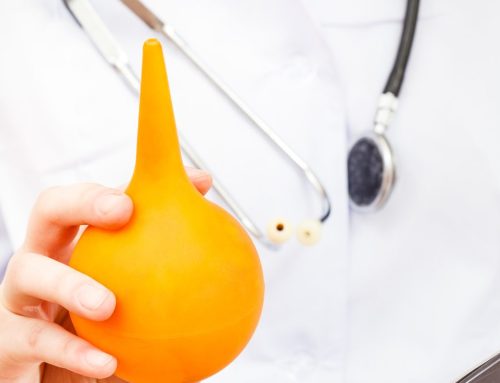Thermoset rubber molding is a manufacturing method that produces rubber or plastic products using one of several different processes. These include transfer molding, compression, and injection molding, which all work by using heat or chemical methods to shape soft rubber and then hardening it. Injection molding is a particularly popular process for rubber medical device manufacturing.
Here are the top three types of rubber molding used to create custom medical devices.
Rubber Transfer Molding
Rubber transfer molding is the best process to use for manufacturing medical products with multiple cavities or an intricate design. Product molds are loaded into a container and compressed using pistons.
The rubber is transferred through channels called sprues, which connect the rubber reservoir with the mold. Transfer molding enables firm control of design tolerances, and manufacturers can fill hundreds of mold cavities from a single pre-formed material.
Medical transfer molding is frequently used to coat metal or plastic inserts with silicone rubber, such as the handles of medical devices and surgical instruments. It’s also used to produce components with pockets or recesses used to contain a logo for branding purposes.
Rubber Compression Molding
Compression molding is an effective and efficient method for low-volume production of liquid silicone rubber (LSR) molded parts. During the rubber compression molding process, preformed rubber material is placed into the cavity of a heated mold. The mold is then closed, and heat and pressure applied for a specific amount of time.
The pressure shapes the preformed material, while the heat cures it to harden it in the shape. The process requires very specific molds, and curing can take longer than some other rubber manufacturing methods. Compression molding is typically when custom shapes are required, such as diaphragms for respiratory equipment, lip seals for cylinder applications, or isolation bumpers to inhibit vibrations.
Injection Molding
Injection molding is used in rubber medical device manufacturing to produce gaskets, tubes, respiratory masks, medical wearables, implants, and other products. Many of these items require a hygienic environment for production, in which no ambient air, dust, or moisture can settle on the products while they set. Liquid silicone is often used in injection molding, partly because it doesn’t react with biological tissue. This makes it most suitable for implant products. The process provides good control and consistency for large batches of parts that require medium-to-high levels of precision.
Injection molding is also used for overmolding, rubber-to-metal bonded assemblies, and rubber-to-plastic bonded assemblies. Rubber injection molding is more highly automated and faster than other methods of thermoset molding, resulting in lower labor costs, less wasted material, and better performance.
Compliance Requirements
Many medical products are subject to various regulations that require them to comply with industry specifications. Thermoset rubber molding fulfils the criteria of most regulatory bodies, and processes can be designed to ensure hygienic or sterile production of biocompatible products.
For more information on thermoset rubber molding for custom medical devices, please contact us at 810.376.2085.



